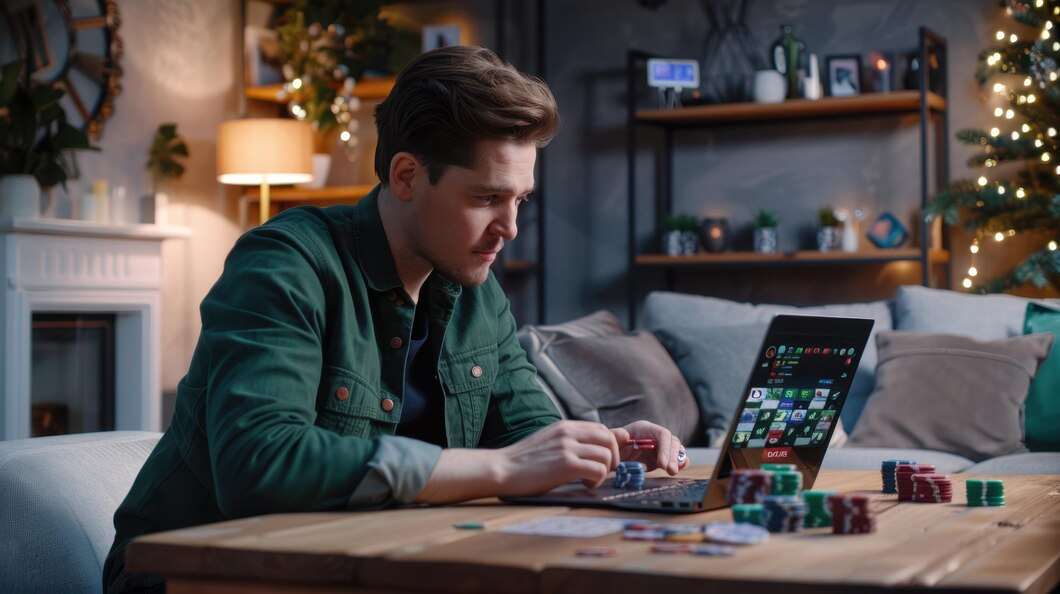How to Create Your Own Game & Get Players to Love It

Creating your own game is exciting, but ensuring players enjoy it is just as important. Whether you’re a beginner or an experienced developer, this guide will help you create a game people actually want to play. Let’s keep things simple and clear so anyone can understand—even a 7-year-old!
1. Start with a Simple Idea
Every great game begins with a simple concept. Before you start coding or designing, ask yourself:
- What is the goal of the game? (e.g., “Save the princess,” “Survive as long as possible”)
- What makes it fun? (e.g., “Jumping feels smooth,” “Collecting rewards is satisfying”)
- Who is it for? (Kids? Hardcore gamers? Casual players?)
Expert Tip:
Game developers often create a “game loop” first—a small, playable version of their idea. If the loop is fun, the full game will be, too!
2. Pick the Right Game Engine
You don’t need to start from scratch. Many tools help beginners make games:
| Engine | Best For | Free Version Available? |
|---|---|---|
| Unity | 2D & 3D games | ✅ Yes |
| Unreal Engine | High-quality 3D games | ✅ Yes |
| Godot | Open-source & beginner-friendly | ✅ Yes |
| RPG Maker | Story-based & RPG games | ✅ Yes |
Expert Tip:
Godot or RPG Maker might be the easiest to start with if you’re a beginner.
3. Make the Controls Feel Good
A game can have the best story, but nobody will like it if it feels terrible to play. Focus on:
- Responsive movement: Pressing a button should feel instant.
- Smooth animations: Jumping, running, or attacking should look and feel right.
- Fair difficulty: The game should be challenging but not impossible.
Expert Tip:
Test your game by watching someone play it. If they struggle, tweak the controls.
4. Keep Players Engaged
Games should be fun from start to finish. Use these tricks to keep players hooked:
- Rewards: Give coins, stars, or power-ups.
- Challenges: Introduce new obstacles so it doesn’t get boring.
- Surprises: Hidden items or secret levels make games exciting.
Expert Tip:
Developers call this “game feel”—how a game makes players feel while playing.
5. Add Amazing Sounds and Music
Significant sound effects and music make a game more immersive. Imagine playing a game without sound—it would feel empty! Here’s what you need:
- Sound effects: Jumping, hitting enemies, collecting items.
- Background music: Calm music for exploration, fast beats for action.
- Victory sounds: A happy sound when a player wins.
Expert Tip:
Free sound libraries like Freesound or Zapsplat can help you find great audio.
6. Test, Test, and Test Again!
Bugs and glitches can ruin a game. Before releasing your game, check for the following:
- Crashes: Does the game stop working?
- Unfair sections: Is anything too hard or too easy?
- Boring parts: Are there any sections where players lose interest?
Expert Tip:
Ask friends or family to test the game. Fresh eyes catch mistakes you might miss.
7. Release and Get Feedback
Once your game is ready, could you share it? Here’s where you can upload your game:
| Platform | Best For |
|---|---|
| itch.io | Indie games |
| Steam | PC & big audience |
| Google Play | Mobile games |
| Apple App Store | iOS games |
Expert Tip:
Join game developer forums or Discord groups to get advice and Feedback.
Conclusion
Making a game is a fun challenge; if you keep it simple and focus on fun, players will love it! Remember:
- Start with a simple idea.
- Use the right tools.
- Make controls feel good.
- Keep players engaged with rewards and surprises.
- Add great sound and music.
- Test your game before release.
- Please share it and get Feedback!
Now, go create something amazing!
